Spread the good word!
10 Must-See Attractions in Japan’s Toyama Prefecture
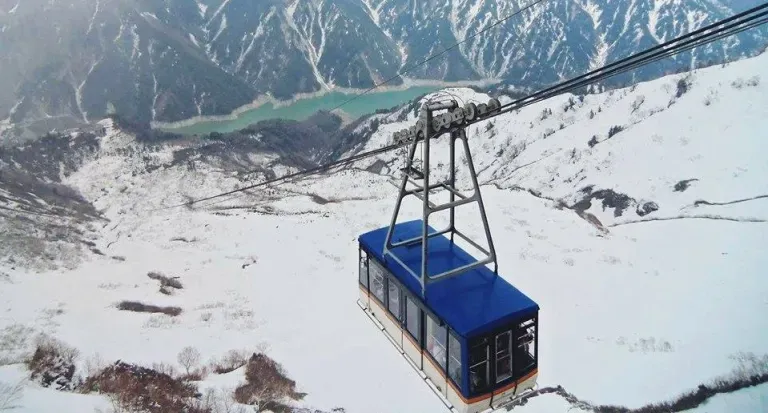
Contributed by The Backpack Couple
Little known outside of Japan, Toyama is quaint and underrated compared to other places in the Land of the Rising Sun. Situated in the northwestern portion of Japan’s main Honshu Island, Toyama Prefecture or Toyama-ken is bounded by the beautiful Toyama Bay which is connected to the Sea of Japan and inland by a vast alpine wall that cuts across the Northern Japan Alps. Toyama’s capital and main city is also called Toyama. Despite its quaint ambience, Toyama is actually a major industrial area owing to its abundant and cheap hydroelectric power and strategic ports.
Until recently and by virtue of the opening of the Hokuriku Shinkansen (bullet train), access to and from Toyama and the Hokuriko region has become easier and faster as ever. During our holiday visit, Toyama served as our home for about two weeks and these are some of the wonders we discovered and must-visit attractions in this western part of Japan.
1. Toyama cherry blossoms
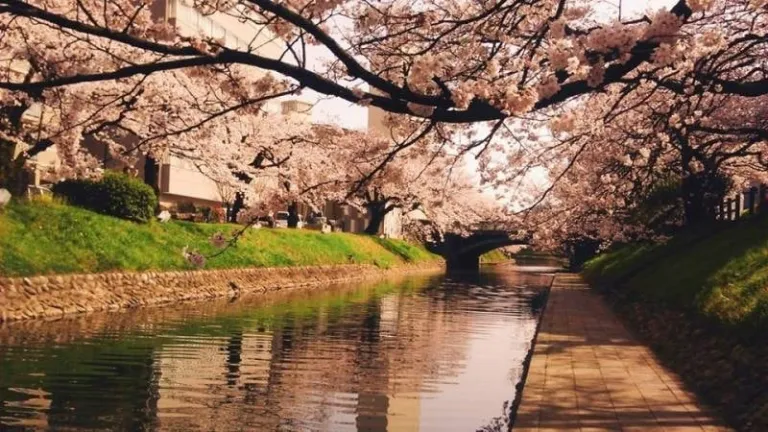
Lining up the Matsukawa River within the Toyama City centre are hundreds of cherry blossom trees making it a popular sakura viewing or hanami spot in the prefecture’s capital. Night illumination is also available and equally stunning during spring and autumn, which is renowned in Toyama and even across the region. A must-try activity is the river cruise along the cherry blossoms tunnel at JP¥ 1,500 for adults.
Getting there: This stretch is located right just within the city centre. Get there by taking the Kencho-mae tram, which is a two-minute walk from the stop. It can also be reached through a 10-minute leisure walk from Toyama Station.
2. Kurobe-Tateyama Alpine Route

The Kurobe-Tateyama mountains are regarded as the Japanese counterpart of the great Alps. Due to its elevation and the geography, this area has the most concentration of snow in Japan and is home to the only remaining glaciers in East Asia. This makes the Kurobe-Tateyama Alpine Route a world-renowned destination especially during spring. Besides its panoramic landscapes and gorgeous vegetation of various colours during spring and fall, a sought-after attraction here is the unique alpine pass. From April to June, a portion of the road cutting through the snow-covered Tateyama mountains is cleared to allow tourists to experience passing through the alpine roads and the famous towering ice walls.
Also read: How to Get to Tateyama Alpine Route from Tokyo – A DIY Itinerary

Getting there: The Toyama Chiho Railways connects the city proper to these wonderful mountains and attractions including the the Tateyama Kurobe Alpine Route, Unazuki Onsen and the Kurobe Gorge Railway. If visiting the Alpine Route, depart from Dentetsu-Toyama Station to Tateyama Station for an hour where the the cable car boarding area towards the alpine pass is located.
3. Gokayama World Heritage Village

The Gokayama World Heritage Site at Ainokura is a village of traditional houses with thatched roofs known as “gassho-style” that are unique to this area. This architectural wonder, a traditional design precisely developed to mitigate the heavy snowfall around this area of Japan, has been recognized as a cultural icon and was inscribed as a UNESCO World Heritage Site in 1995 along with Suganuma and Shirakawa-go villages. About 23 gassho-style houses still remain in use to this day. Exploring the village will surely give you a surreal feel of old and rural Japanese experience. See our separate post on Gokayama here.
Also read: Gokayama: Home of the World Heritage Gassho-style Houses
Getting there: From the Shin Takaoka station, the World Heritage Bus, a dedicated bus that travels to Gokayama and Shirakawa-go villages, passes by the station to pick-up visitors. From Takaoka, travel time to Gokayama, particularly Ainokura village, is roughly about one hour along beautiful mountain scenery. One-way tickets cost JP¥ 1,200 while the hop-on, hop-off pass costs JP¥ 2,500. It is also possible to take the train from Toyama City, Kanazawa or Takaoka via JR Johana Line going to Nanto City, but this would take some time and effort on transfers.
4. Toyama Bay
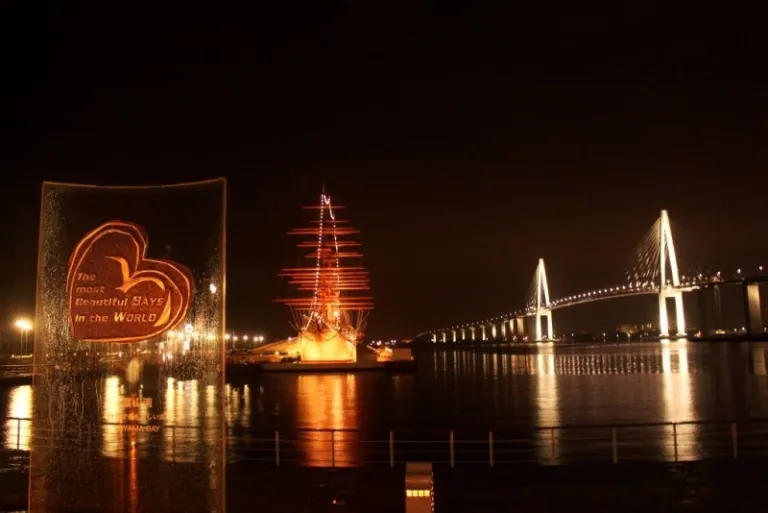
This bay surrounding Toyama is considered as one of the most beautiful bays in the world, sharing the distinction with those of Ha Long Bay in Vietnam and San Francisco Bay in the US. Besides its rich marine life and abundant seafood, the bay takes pride in having the towering and snow-covered Tateyama Mountain Range as backdrop. It boasts of remarkable natural wonders including the Uozu buried forest, the bio-luminescent firefly squid and the unique mirages. It also offers some of the best and dramatic sunsets in Japan. Within its port in Imizu City is the Shin-Minato Bridge and the nearby Kaiwu Maru Park. It is considered as one of the few remaining ‘living ships’ that has preserved its original sailing form. It is open to the public all year round.

Getting there: The park and bridge can be reached by car in about 25 to 30 minutes from the Kosugi Interchange on the Hokuriku Expressway and Takaoka Interchange on the Noetsu Expressway, respectively.
5. Toyama Castle Park
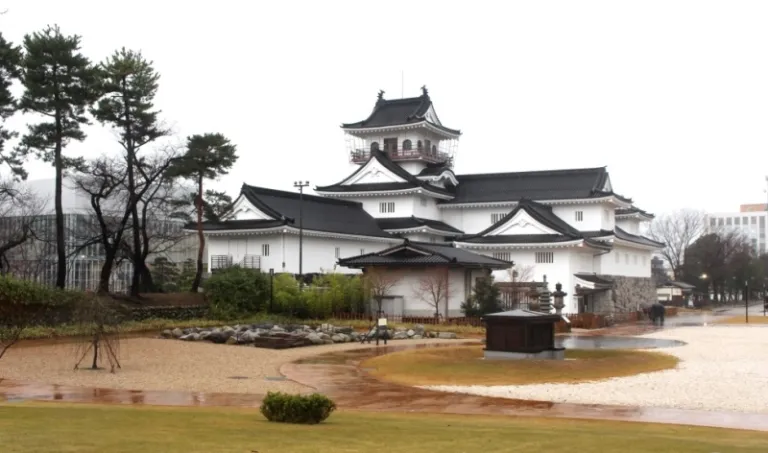
The castle tower has been opened up as a museum showcasing Toyama’s culture and history, where visitors are able to see displays of ancient documents, arts and crafts related to the Toyama Domain. It is a popular spot for cherry blossom viewing usually around early to mid April due to its well-landscaped surroundings and distinctive Japanese garden. Not far from the castle park is the Toyama City Hall where one can have a view of the cityscape and the distant Japan alps from its observatory.
Getting there: From Toyama Station, take a tram and get off at Kokusai-kaigijo-mae stop. The castle park is just a short two-minute walk.
6. Yatsuo Old Town
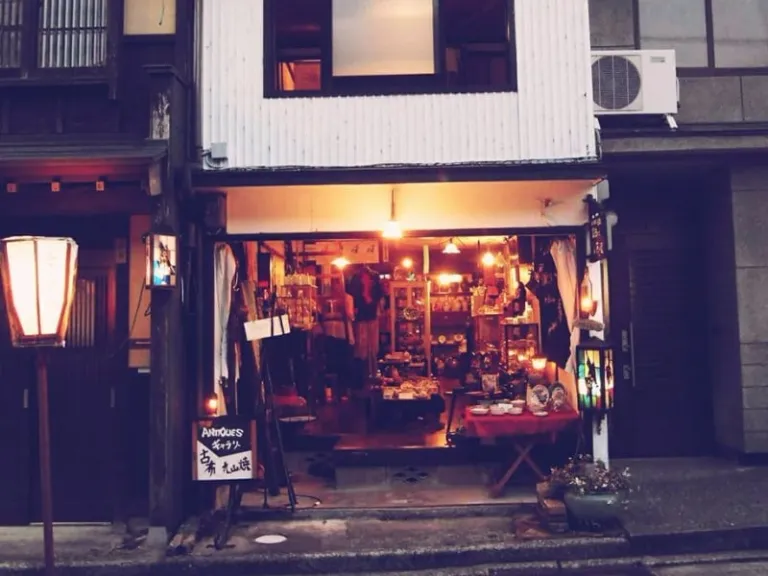
Yatsuo is a classic Japanese rustic town located in the southern mountains of Toyama’s capital known for its well-preserved traditional houses and rich cultural observance. The town is also popular for its home-grown paper industry which is considered as some of the oldest in Japan. A well-known festival being celebrated in the town known as the Owara Kaze no Bon (Bon Dance of the Wind) is being held on the first week of September which is visited by thousands of visitors. Dating back to about 300 years, the festival is intended for the town’s prayers for a bountiful harvest and protection against the perennial winds.
Getting there: From JR Toyama Station, it takes about 20 minutes on JR Takayama Honsen Line towards Ecchu Yatsuo Station.
7. Toyama Glass Museum
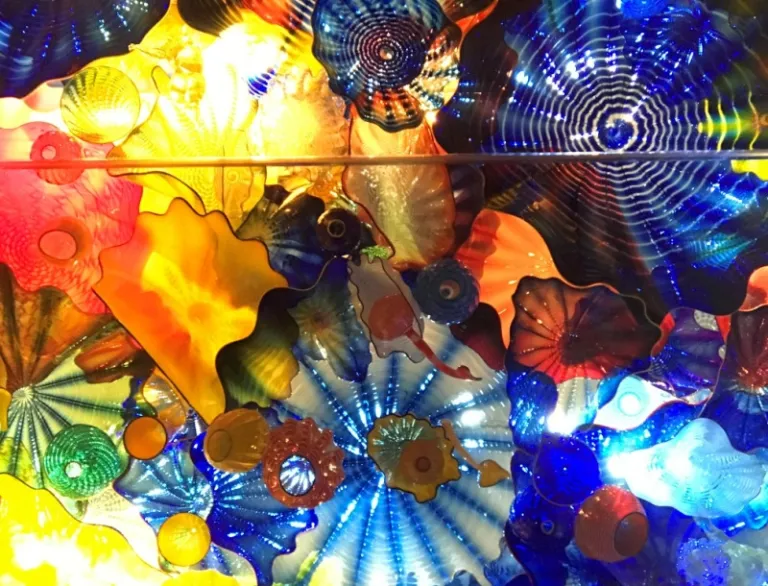
The Toyama Glass Art Museum houses a collection of contemporary glass art made by Japanese and foreign artists considered as one of the finest in the country. The museum is situated right within the Kirari Building, a spectacular modern building designed by renowned Japanese architect Kuma Kengo with modern and beautiful spaces and interiors. The museum features a permanent exhibition on the upper floors, including the Collection Exhibition, Glass Art Passage and the Glass Art Garden exhibit that highlights the installation of noted artist Dale Chihuly. Known for its glass art, Toyama also hosts several facilities focusing on glass including a glass studio and institute of glass art.
Getting there: From Toyama Station, take the tram bound for Toyama-eki-mae and get off Nishicho. The museum is a walking distance south of Toyama Castle Park.
8. Tonami Tulip Fair
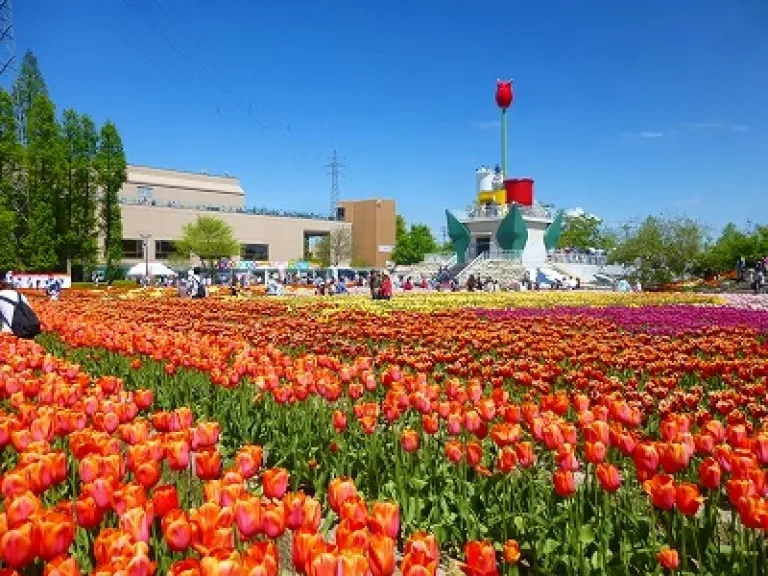
During spring, visitors flock to Toyama for the Tonami Tulip Fair taking place in the Tonami Tulip Park that highlights a vast sea of tulips in various colors and variety.
Getting there: From Toyama Station, take the JR Line or Shinkansen towards Takaoka Station then transfer to the Johana Line bound for Tonami City. Travel time is 20 minutes. From Tonami Station, the Tulip Fair site is approximately 15 minutes on foot.
9. Takaoka City
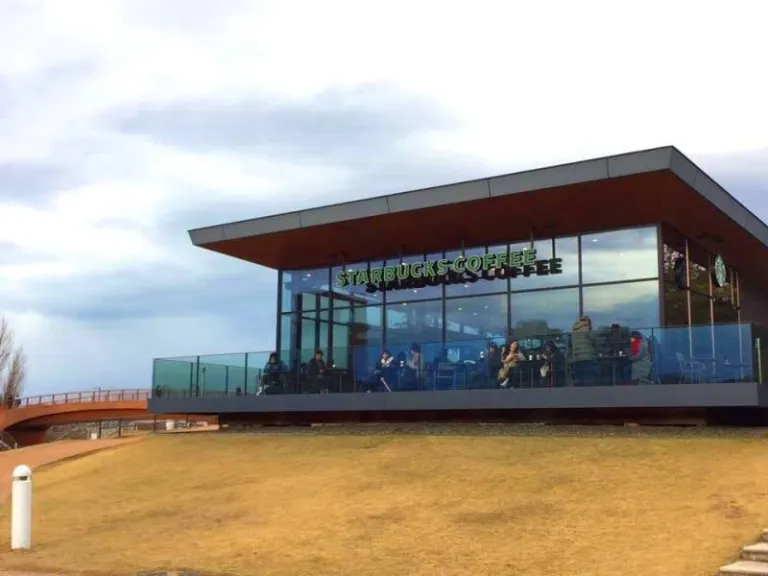
Takaoka is an old castle town and Toyama’s second largest city popular for its traditional metal crafts industry. It has recently become a go-to destination following the operation of the Hokuriku Shinkansen, due to its proximity to the Gokayama & Shirakawa-go UNESCO World Heritage Sites. A popular landmark in the city is the Takaoka Daibutsu (Giant Buddha), which is one of three great Buddha statues in Japan. Takaoka also houses the Zuiryuji Temple, a Buddhist temple considered as Japanese national treasure.
Getting there: From Toyama Station, take the JR Line or the Ainokaze Railway towards Kanazawa and get off at Tokaoka Station. The Zuiryuji Temple and Giant Buddha are 10 minutes walk from Takaoka Station.
10. Kansui Park and Starbucks Kansui

This area is a popular recreational park with its beautiful landscape and ambience, the highlight of which is the Tenmon-kyo Bridge. In the middle of the park is the Fugan Canal where visitors can take the Fugan Suijo Line cruise to explore the city via its waterways. The park is also home to the best designed and arguably one of the most beautiful Starbucks store in the world, the Starbucks Kansui Park.

Getting there: The park is only a 10 minute walk from from the North Gate of JR Toyama Station.
Must Try: Toyama Sushi
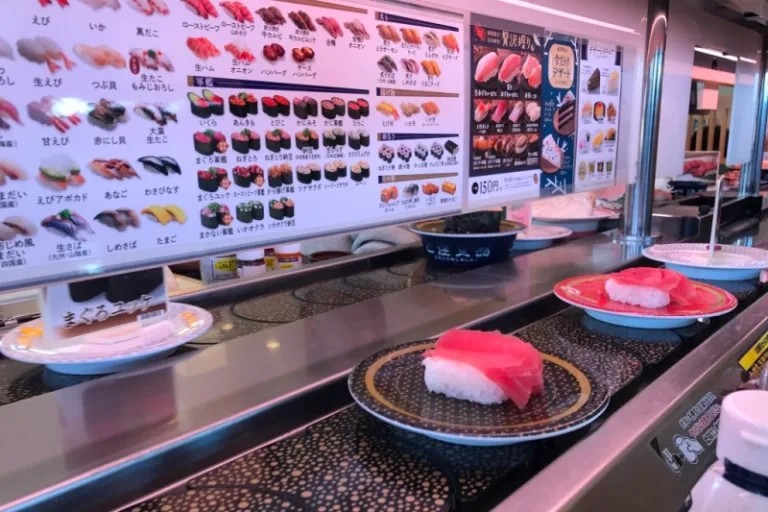
Finally, visiting Toyama would not be complete without sampling the region’s best known and abundant delicacies including the Toyama sushi, regarded as some of the finest and freshest in Japan. Toyama Bay is home to a bountiful produce of and variety of fish which are turned into fresh and delectable sushi. A menu set consisting of 10 pieces of sushi costs between JP¥ 2,000 and 3,500.
Getting there: Check out these restaurants that serve these local gastronomic wonders.
Indeed, there are still more in store for us for our next visit and we can’t wait to be back in Japan anytime soon. You may view these sample tour itineraries for reference.
How to get to Toyama
By Plane
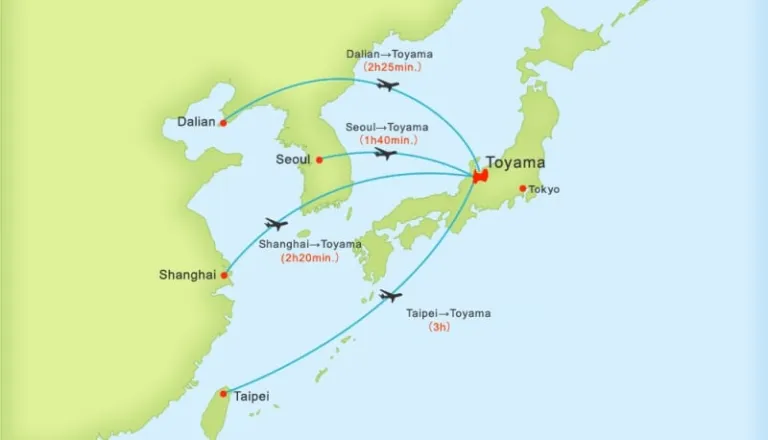
The Toyama Airport in Toyama City is the prefecture’s international gateway. There are existing direct flights to and from these cities: Seoul, Dalian (China), Shanghai and Taipei.
By Train

- From Tokyo. As with other prefectures in Japan, the railways are the main avenues of transportation all over Toyama. The best and fastest way of getting here is through the Hokuriku Shinkansen from Tokyo. It takes a little more than 2 hours to travel from Tokyo Station westward to Toyama Station in Toyama City.
- From Nagoya. Take the Hida Line at the Nagoya Station going to Toyama which takes over 3 to 4 hours. It will arrive directly at Toyama Station.
- From Osaka. This route entails a transfer from the JR Thunderbird train arriving at Kanazawa to the Ainokaze Railway or JR Hokuriko Line going to Toyama.
By Bus
There are also buses that serve this long route from Tokyo, Nagoya or Osaka to Toyama and vice versa. You can check Willer Express Bus for schedule, rates and booking.
Getting around
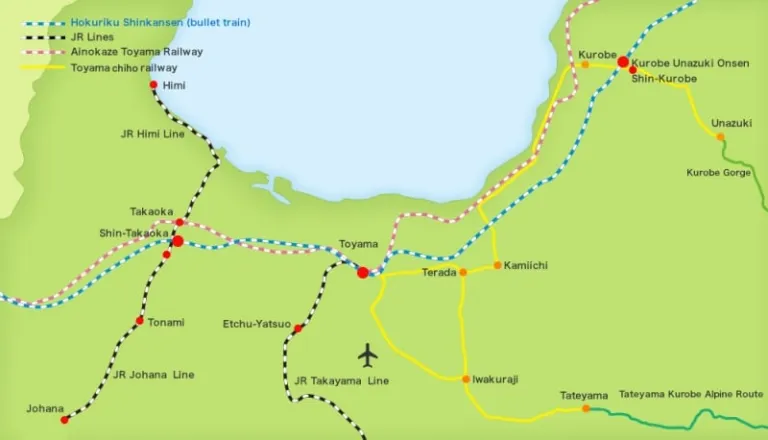
Toyama Prefecture can be visited through its efficient rail connection which involves the Shinkansen (bullet train), JR Lines, the Ainokaze Toyama Railway and the Toyama Chiho Railway.
At the the capital city of Toyama, trams and trains such as the Centram, Light Rail Portram, and the Manyo Line bring you around the city.
Where to stay
There are a variety of accommodations around Toyama. The hotels are mostly concentrated in Toyama City, although there accommodations right around Tateyama, Ainokura and even Yatsuo. You can try booking via Agoda or Booking for latest rates. If you want to spend several days around the prefecture, we recommend staying in Toyama City due to its proximity to Toyama Station.
Also read: Japan for the Unconventional Traveller – 10 Unique Must-Have Experiences
Special thanks to Toyama Prefecture, Toyama Tourism Organization and JapanGuide.com for the guides and photos.
Published at
About Author
The Backpack Couple
Subscribe our Newsletter
Get our weekly tips and travel news!
Recommended Articles
10 Commandments for Responsible Travel Flexing 10 Fairytale Castles In Europe Filipinos Need To See! Permission to feel like royalty even for a day?!
10 Family Outing Ideas in Metro Manila Under ₱500 Looking for a weekend bonding with the family under ₱500? Head to these places, pronto!
10 Visa-Free Destinations Perfect for Your Family’s Holiday Vacation Yes, family vacations are priceless. But the planning can be a major pain! If we’re being honest, we’d really prefer a stress-free experience, please. One of the biggest hurdles in planning an out-of-the-country trip with the family is getting visas for everyone on board. It’s time-consuming, expensive, and just generally very stressful. Luckily, there are […]
10 Water Sports & Activities in the Philippines (And Where to Try Them) Jump in and test the waters. (Just don’t forget your SPF.)
Latest Articles
Dingalan Travel Guide: Nature Spots to Discover Now Underrated coastal gem in Aurora
What to Eat in Bicol: Iconic Dishes and Treats, and Unique Pasalubong You’ll Love Spice up your foodie adventure with iconic Bicol dishes and must-try pasalubong!
Top Travel Trends in the Philippines for 2025 New spots, tips, and trends
New UK Adventure Park to Visit in Devon and Cornwall Fun countryside escape near London
Ultimate Camarines Norte Travel Guide: Waterfalls, Beaches, and More From surfing to secret waterfalls, Camarines Norte is your next escape!

